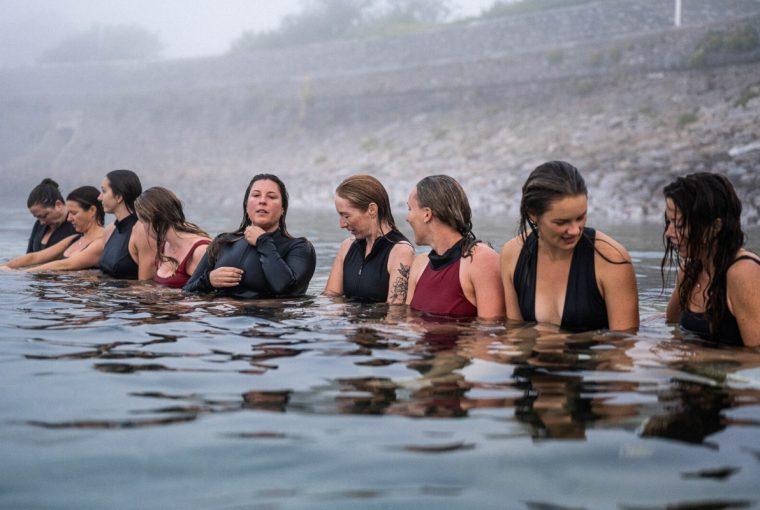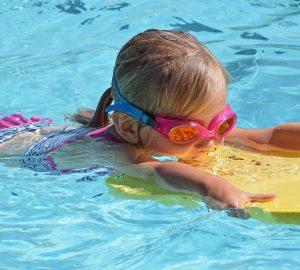Cold-water swimming has been gaining popularity in recent years, with many people seeking the unique health benefits and adrenaline rush that come with taking a dip in frigid waters. But what is it really like to swim in cold water? In this article, we’ll explore the ups and downs of cold-water swimming and provide some tips for those looking to take the plunge.
The Joys of Cold-Water Swimming
For many cold-water swimmers, the rush of endorphins and the sense of accomplishment that comes from overcoming a physical challenge are the biggest draws. Cold water can also have a numbing effect, which can help alleviate certain types of pain and inflammation.
Additionally, some studies have shown that it can have a positive impact on mental health. The shock of the cold water triggers the body’s “fight or flight” response, which can help reduce stress and anxiety.
The Challenges of Cold-Water Swimming
Of course, it is not without its challenges. The biggest obstacle for most swimmers is simply getting past the initial shock of the cold water. It can take some time for your body to acclimate to the temperature, and it’s important to be cautious and take things slow at first.
Another challenge is the potential for hypothermia. It’s important to dress appropriately for the water temperature and to always swim with a partner or in a group. Cold-water swimmers also need to be aware of the risks associated with open-water swimming, such as currents and waves.
Equipment Used in Cold-Water Swimming
To stay safe and comfortable while cold-water swimming, there are a few key pieces of equipment you’ll need. A wetsuit or drysuit is essential for keeping your body warm, as are neoprene gloves and booties. A swim cap can also help reduce heat loss through the head.
In addition to these basics, there are a number of specialised items that can enhance your experience. For example, some swimmers wear earplugs to prevent water from entering the ear canal, while others use waterproof headphones to listen to music while they swim.
Getting Started with Cold-Water Swimming
If you’re interested in trying cold-water swimming for yourself, it’s important to start slow and be cautious. Begin by gradually exposing yourself to cooler water temperatures, and always swim with a partner or in a group. You may also want to consider taking a class or joining a local group to learn more about the sport and connect with other enthusiasts.
CONCLUSION:
In conclusion, cold-water swimming can be a thrilling and rewarding experience for those who are up for the challenge. With the right equipment used in swimming and a cautious approach, anyone can enjoy the rush of plunging into icy waters. So why not give it a try and see what all the fuss is about?




